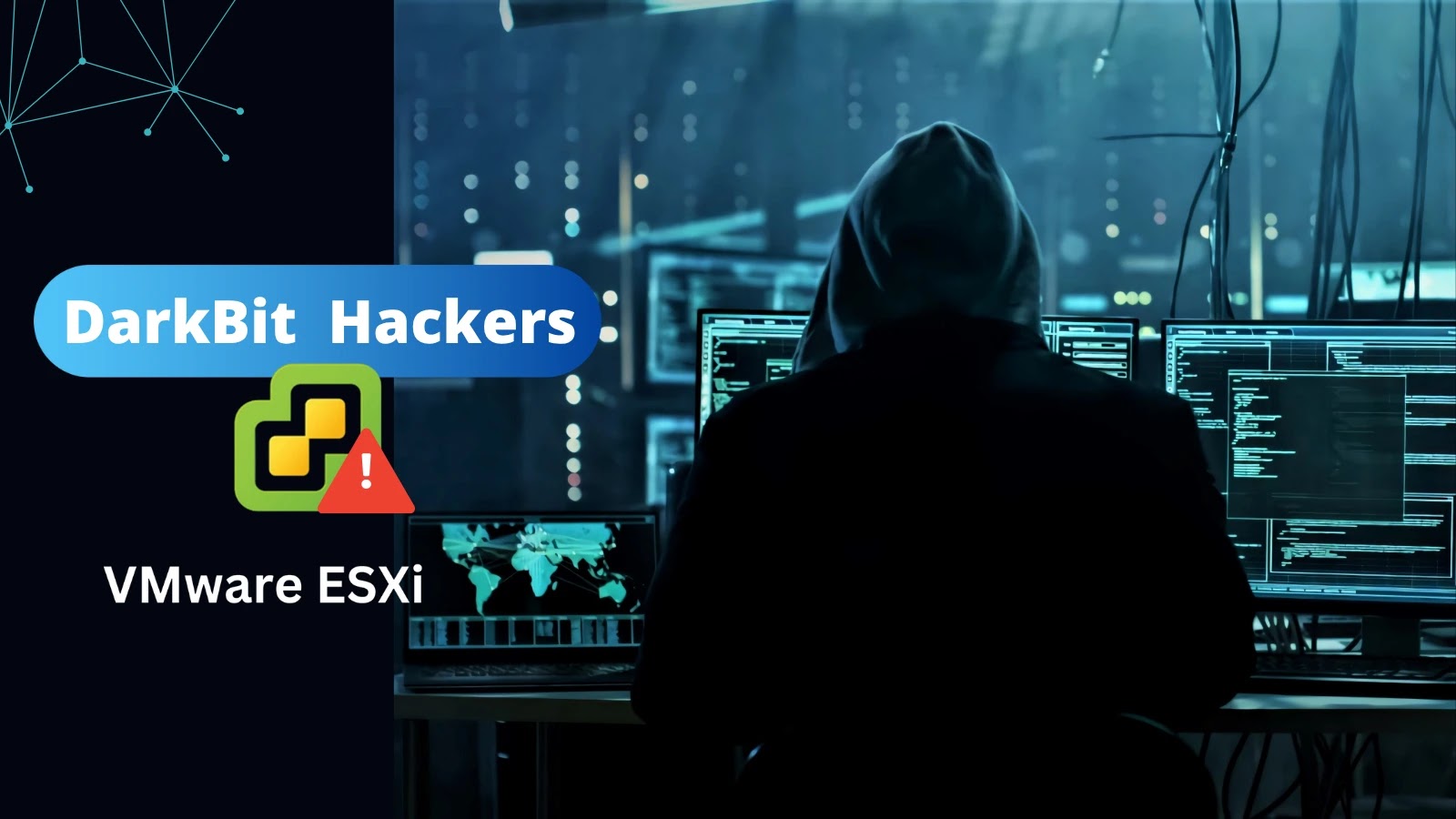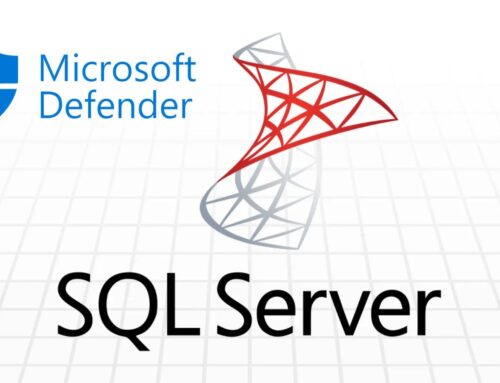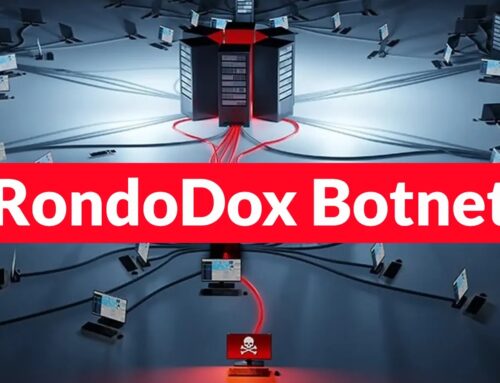
DarkBit Hackers Attacking VMware ESXi Servers to Deploy Ransomware and Encrypt VMDK Files
The digital frontier of enterprise IT constantly faces sophisticated threats. The latest alarm bell rings loud for organizations utilizing VMware ESXi environments, as a newly identified ransomware campaign, dubbed “DarkBit,” has been observed targeting these critical systems with alarming precision. This campaign is not merely generic; it deploys custom-built encryption tools specifically designed to seek out and encrypt virtual machine disk (VMDK) files residing on VMFS datastores. Understanding this threat and its implications is paramount for maintaining data integrity and operational continuity.
Understanding the DarkBit Ransomware Campaign
The DarkBit ransomware campaign stands out due to its focused approach on VMware ESXi servers, a cornerstone of many modern enterprise datacenters. Unlike broad-stroke ransomware attacks, DarkBit exhibits a “military precision” in its targeting, indicating a deep understanding of virtualized infrastructure. The threat actors are deploying bespoke encryption tools, purpose-built to navigate and compromise VMFS datastores – the specialized file system VMware uses for storing virtual machine files. Their primary objective: the encryption of VMDK files, which effectively renders virtual machines unusable and their data inaccessible.
This targeted methodology underscores a growing trend where ransomware groups are shifting their focus from individual workstations to core infrastructure components, where the potential for disruption and extortion is significantly higher. Compromising an ESXi host can incapacitate dozens or even hundreds of virtual machines simultaneously, leading to massive operational downtime and significant financial losses for the victim organization.
How DarkBit Targets VMware ESXi and Encrypts VMDK Files
The attack methodology employed by DarkBit is designed to leverage the inherent structure of virtualized environments. Once initial access to an ESXi host is gained – through methods that could include exploiting unpatched vulnerabilities, weak credentials, or compromised management interfaces – the ransomware deploys its custom encryption payload. This payload is engineered to:
- Systematically Scan VMFS Datastores: The malicious software actively enumerates connected VMFS datastores to identify all virtual machine files.
- Prioritize VMDK Files: While other files might exist on the datastore, the custom tool specifically targets
.vmdkfiles, as these contain the actual disk images and data of virtual machines. - Execute Custom Encryption: The encryption process is not off-the-shelf. The attackers have developed a unique cryptographic implementation. This tailored approach allows them to optimize the encryption process for the VMFS environment, potentially increasing the speed of encryption and making standard recovery methods difficult.
Security researchers have played a crucial role in analyzing these attacks. Their efforts have led to successful reverse-engineering of the attack methodology, revealing critical flaws in the threat actors’ cryptographic implementation. These breakthroughs have, in some observed instances, enabled complete data decryption, offering a glimmer of hope for victims. This success highlights the importance of timely threat intelligence and collaborative research between security organizations.
Remediation Actions and Prevention Strategies
Protecting VMware ESXi environments from sophisticated threats like DarkBit requires a multi-layered security approach. Organizations must prioritize preventative measures and have robust incident response plans in place.
- Patch Management is Critical: Ensure all VMware ESXi hosts and vCenter Servers are fully patched with the latest security updates. Pay close attention to vulnerabilities that allow remote code execution or privilege escalation. While no specific CVE has been publicly tied to the initial access vector of DarkBit in this context, generic advice regarding patching is paramount. Always check VMware’s security advisories.
- Strong Authentication and Access Control: Implement strong, unique passwords for all ESXi and vCenter accounts. Enable Multi-Factor Authentication (MFA) for administrative interfaces. Adhere to the principle of least privilege, ensuring users and services only have the necessary permissions.
- Network Segmentation: Isolate ESXi hosts and vCenter servers on a dedicated management network segment. Implement strict firewall rules to limit access to management interfaces (e.g., SSH, vSphere Client, web interfaces) only from trusted administrative jump boxes.
- Regular Backups: Maintain a comprehensive backup strategy for all virtual machines and configuration files. Ensure backups are stored offline or in an immutable fashion, separate from the production environment, to prevent them from being encrypted by ransomware. Regularly test backup restoration processes.
- Endpoint Detection and Response (EDR) on ESXi: Deploy EDR solutions that support VMware ESXi where available. These tools can help detect suspicious activity and potential ransomware payloads running on the hypervisor.
- Monitor Logs and Alerts: Actively monitor ESXi and vCenter logs for unusual activity, failed login attempts, unauthorized access, or sudden changes to virtual machine configurations. Implement security information and event management (SIEM) systems to centralize and analyze these logs.
- Vulnerability Assessments and Penetration Testing: Regularly conduct vulnerability assessments and penetration tests targeting your VMware infrastructure to identify and address weaknesses before attackers can exploit them.
Relevant Tools for Detection and Mitigation
Leveraging the right tools can significantly enhance an organization’s ability to defend against and respond to threats like DarkBit.
| Tool Name | Purpose | Link |
|---|---|---|
| VMware vSphere Automation SDK | Scripting and API access for security assessments and configuration hardening. | https://developer.vmware.com/web/dp/sdks/vsphere-automation |
| VMware Security Advisory (VMSA) RSS Feed | Up-to-date information on VMware security vulnerabilities and patches. | https://www.vmware.com/security/advisories.html |
| Nessus (Tenable) | Vulnerability scanning for ESXi hosts and virtual machines to identify misconfigurations and unpatched software. | https://www.tenable.com/products/nessus |
| VMware Carbon Black Cloud Workload | Advanced threat detection and response specifically for virtualized environments, including ESXi. | https://www.vmware.com/products/carbon-black-cloud-workload.html |
Conclusion
The DarkBit ransomware campaign serves as a stark reminder of the evolving threat landscape targeting critical infrastructure. Its focus on VMware ESXi environments and custom-built encryption tools for VMDK files demands immediate attention from IT and security professionals. Proactive measures, including vigilant patching, robust access controls, network segmentation, and comprehensive backup strategies, are indispensable. The intelligence gathered by security researchers, demonstrating the potential for data decryption due to flaws in DarkBit’s cryptography, offers a crucial insight but does not diminish the need for strong preventative and responsive security postures. Organizations must continuously adapt their defenses to protect their virtualized assets from increasingly sophisticated ransomware threats.





